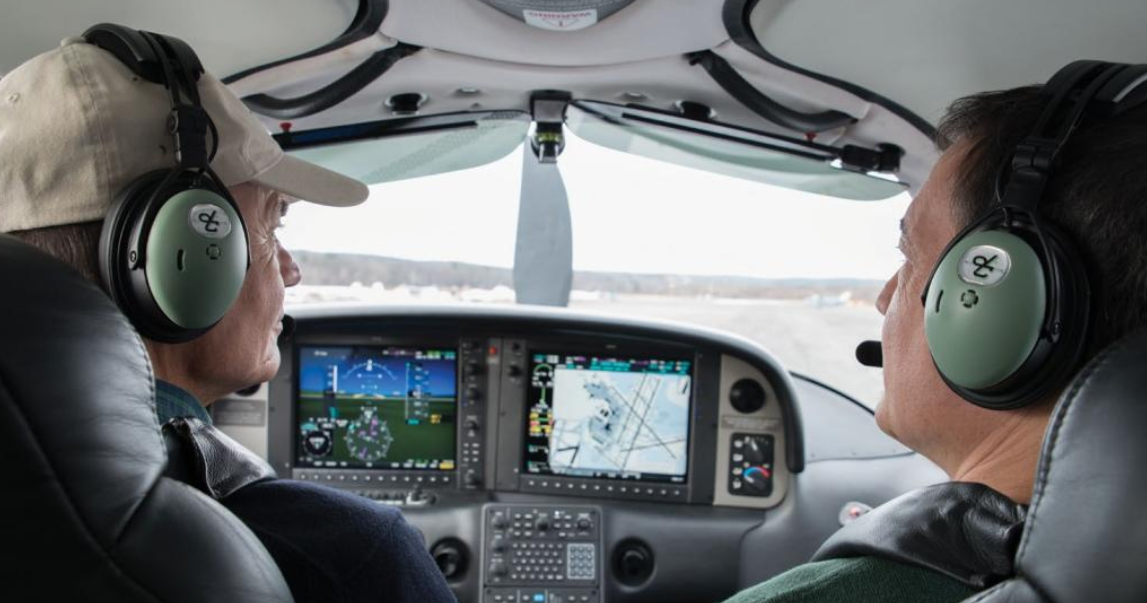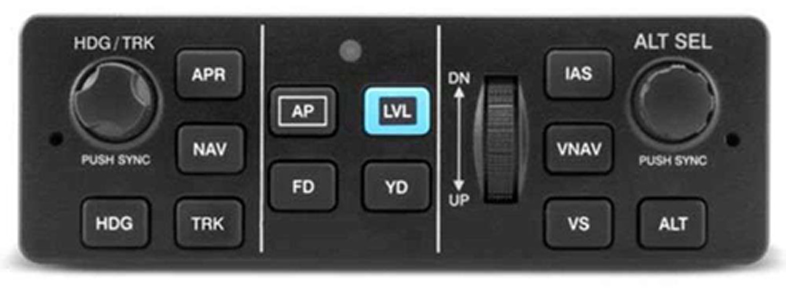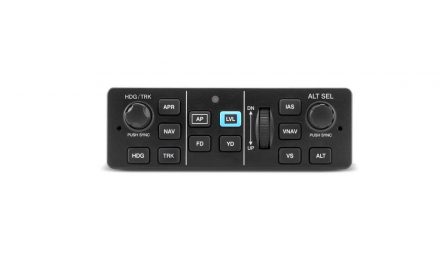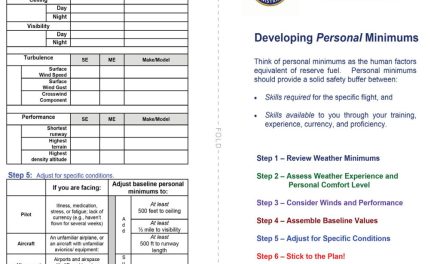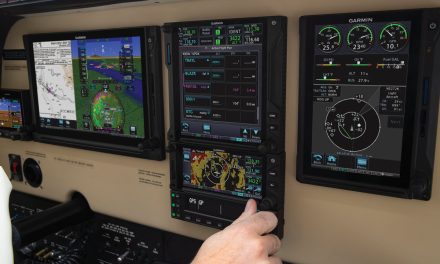In February 2021, I talked about “Music in the Cockpit” and how to add it if you are not taking advantage of this benefit. Music can be calming and alleviate boredom on a long cross-country, especially solo, and as we established it does it without being a distraction from the duties of the flight.
Actually, music in the cockpit is a distraction — it distracts us from how noisy the cockpit environment really is!
Sources of cockpit noise
If you are standing on the side of the road and a car passes, you mostly hear road noise: the sound of the tires against the pavement. From 100 yards, you hear very little or nothing. Yet, when a single-engine airplane passes overhead at 1,000 feet, you hear it and some are downright loud! Why is an airplane that much louder? The sources of the noise generated by an airplane are the engine, the propeller, and the wind.
Automotive exhaust systems are significantly more complex with catalytic convertors and often multi-stage mufflers. I prefer dual glass-packs, but I am still a classic car junkie. When my classic old Caddy is idling, you cannot tell it is even running. Aircraft exhaust systems, on the other hand, are basic and the emphasis is on reducing back-pressure that steals horsepower. Frankly, when you compare the horsepower, you see that airplanes must get it done on a lot less. Your Cherokee 140 or Cessna 172 has about 150 hp. That’s about the same as a Kia Soul, yet it flies at around 120 mph.
Propeller noise is often what we hear when an aircraft passes overhead, especially during takeoff, and it is a source of noise in the cockpit through the entire flight. In certain phases of flight, propeller tips can travel at or near Mach 1, so small sonic booms constantly “bombard” the aircraft! If you’ve been as close to a hurricane as I was in Florida in 2004 (I was within a mile of the eye of Hurricane Charlie) you know that wind can make a lot of noise itself and, in cruise, you have hurricane-force winds just outside your door.
Door seals are a constant concern in non-pressurized aircraft. If your door seems excessively noisy, check Scott Sherer’s article from the June 2020 issue of PIPERS magazine (read it online at piperowner.org) and his discussion of changing out an Arrow’s tired door seal.
An FAA circular on the subject suggests that an aircraft’s age and history are contributors. Modern aircraft are quieter due to design improvements and better sound insulation.
This suggests that your legacy aircraft is going to be noisier, but adding insulation (mass) to reduce noise also can reduce payload, and payload determines the value and utility of the aircraft.
While this FAA circular (20-133) was primarily focused on the effects on in-cockpit communications in a multi-pilot commercial environment, it certainly highlights how noise in the cockpit affects all pilots. The effects include long-term damage to our hearing and noise-related fatigue on extended cross-country flights that can lead to accidents and incidents. In addition to door seals and acoustic insulation, the FAA points to the use of electronic, noise-canceling headsets and hearing protectors. This seems like a good time to look at the latest in active headgear for pilots.
Active noise-canceling headsets
While all full-cup headsets help to protect your hearing to an extent, the FAA is pointing pilots toward the latest technology: active noise reduction (ANR) models. While equipping everyone in your aircraft with protective headsets is desirable, it may not be financially possible — equipping a four-place airplane can run you $4,400 — so, consider who spends the most time in the air and set a goal to equip yourself and those who get a lot of flight time.
You can find a decent, passive headset for as little as $100, but you do get what you pay for, so shop around. Aircraft Spruce has an amazing selection on its website including 190 total headsets and 69 ANR models!
For this article, we will concentrate on ANR headsets only, starting with options from the big headset brands and then a list of other companies in the headset game.
The rest of this article can be seen only by paid members who are logged in.Have a website login already? Log in and start reading now.
Never created a website login before? Find your Customer Number (it’s on your mailing label) and register here.
Still have questions? Contact us here.

